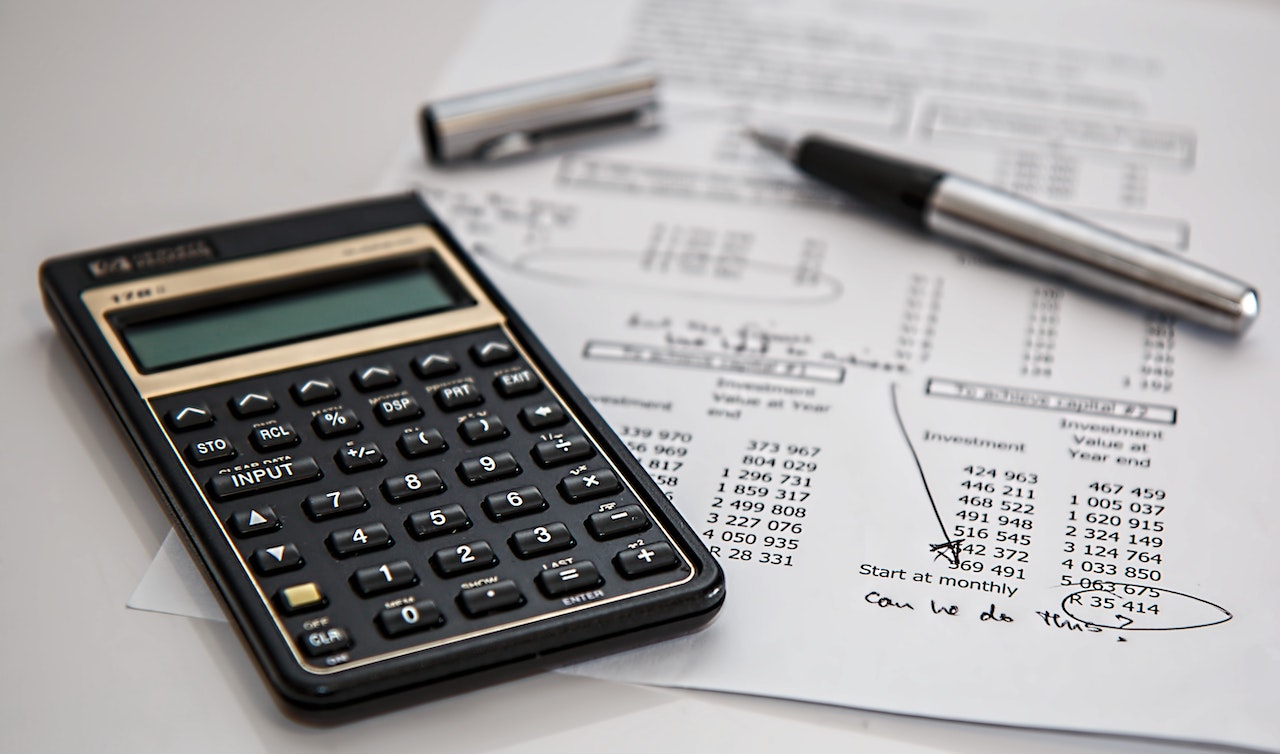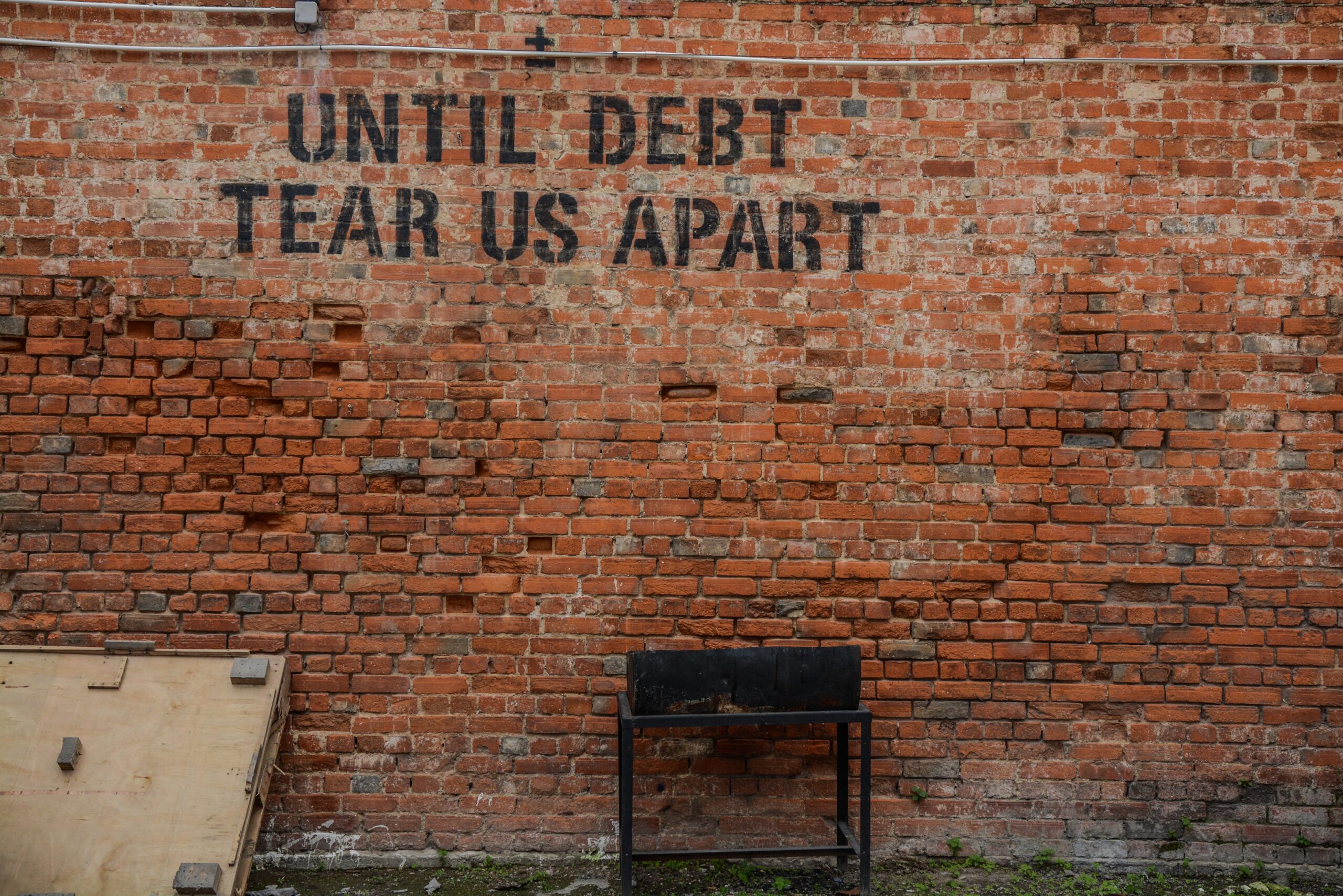During many of my prior posts, I’ve stated that creating a personal monthly budget and having a balanced budget is one of the first steps in order to achieve financial independence. Your personal budget allows you to track your monthly income and expenses so you can make informed decisions about where and how you spend your hard earned dollars. In this post we will first discuss why its important to create a budget, and then provide you with a guide and resources to help you get started.
Why You Need To Create A Personal Monthly Budget
The most basic and simplistic reason as to why you need to create and have a balanced budget is because you don’t want to go bankrupt. Sorry for the harsh reality, but it’s the hard truth we all need to hear. Every successful company that has ever existed has done so because they are financially prepared. They have created a budget and stuck to it.
Its unfortunate to hear why so many Americans struggle to make ends meet, and thus put themselves into debt. According to the Federal Reserve, American households hold $16.51 trillion in debt, which is up $2.36 trillion since the end of 2019. In my prior post, How To Build Long Term Wealth Successfully, I discuss the most common reasons why individuals are accumulating bad debt (debt that does not generate positive cash flow). These include lack of financial literacy or pressure to keep up with the Joneses, as well as others.

Like I mentioned, it is unfortunate to hear, but not a surprise. According to Creditdonkey.com, only 32% of US Households prepare a monthly budget. What is even more of a shocking fact is that more than half of Americans are living paycheck to paycheck, according to CNBC. These individuals are at greater financial risk if they suddenly become unemployed.
So, we understand why we need to create a personal monthly budget, right?
Now let’s discuss how to create a personal monthly budget.

Follow the 60/40 Rule
There are lots of resources that discuss this formula, so I won’t dig too deep. But as a quick reminder, your budget is split into two buckets. 60% of your budget should be focused on expenses such as housing, food, insurance, auto/transportation. The remaining 40% should be spent on debt repayment, investing, savings, retirement, and your “fun money”. Keeping that in mind and let’s dig deeper on my 7 step process in creating your monthly budget.
7 Steps To Creating A Personal Monthly Budget
Before we get started, if you click on the Resource Library section of the Blue Memo’s website, you will find a helpful excel spreadsheet (Blue’s Personal Monthly Budget) to help you think through both your monthly income and monthly expenses, or you can print out the PDF Below. You can customize this spreadsheet to fit your needs. Or you can use other helpful resources such as Mint.com or Nerdwallet to help organize your information. Either way, look for a tool to help guide you to having a balanced budget.
Ok, now let’s get started with step 1.
1. Determine Your Monthly Income
Step one is figuring out what are your monthly income. For most, this information is straightforward, since you can use your W-2 or paystub you received from your employer. If you work for tips, or your monthly income fluctuates based on sales volume, then take the average of your monthly income over the past 12 months. After, enter your monthly income into your budget spreadsheet or online app. Also, make sure to include other sources of income such as rental income, dividends, royalties, alimony, child support, etc. Lastly, if you decide to use Gross Pay, instead of After-Tax Pay, then make sure you include your taxes in your Other Expense category (discussed next).
2. Organize Your Expenses Into Major Categories
Step 2 is to organize your expenses into major categories. For instance, in my Personal Monthly Budget spreadsheet, I like or organize my expenses in the following:
- Home Expenses (Rent, Mortgages, Utilities, Improvements, Repairs)
- Healthcare Expenses (Insurance, Doctor Visits, Prescription Medication)
- Auto & Transportation Expenses (Car Payments, Gas, Tolls, Car Insurance)
- Food & Dining Expenses (Groceries, Eating Out, Coffee)
- Merchandise Expenses (Clothing, Home Supplies, Office or School Supplies)
- Travel Expenses (Airfare, Lodging, Food)
- Professional Services Expenses (Hair, Nail, Legal)
- Entertainment Expenses (Movies, Concerts)
- Other (Savings, Investing, Taxes – Federal, State, Medicare, Social Security, Self-Employment)
I prefer to use an excel spreadsheet or google sheet. This is, because I can really customize spreadsheets based on my unique financial situation. For instance, some individuals or families may need to budget for education such as student loans, while others may have multiple homes to budget for. Pick what format work for you and then lets move on to step #3.

3. Understanding The Difference Between Fix And Variable Costs
Your Fixed costs are expenses that do not change every month, whereas your variable costs fluctuate month-to-month. Examples of fixed costs include rent, insurance, or your mortgage, whereas your variable costs are items such as how much money you spend on dining-out or on entertainment.
So why are we determining what is fixed vs what is variable?
The simple answer is variable costs are going to be easier for us to adjust, whereas fixed costs will be more difficult since they are typically associated with a contract or lease you have signed up for. With variable costs, we can adjust our habits in order to save money. With fixed costs, we will need to plan ahead of time as to when your contract or lease is up and then pick a more cost-effective alternative.
4. Calculate Your Expenses
This is where you put your actual expenses in the “Actual” column of in your personal monthly budget. You should start with figuring out your actuals prior to the budget, so we can understand your baseline. Calculating your fixed expenses will be easier since they are the same every month. For your variable expenses, you can either 1) choose the prior month actual expenses, or 2) use the average of the last 3-months as your actual expense. The difference depends on what is a more accurate representation of what you spend. For instance, if last month you had a 1-time expense or expense that is very infrequent such as moving expenses, then taking an average of the prior months may be a more accurate representation.

5. Calculate Your Net Income For The Month
At this point, you have a clear understanding of your monthly income and your monthly expenses. Next, you need to make sure we have a balanced budget by simply taking your Monthly Income and subtracting your Monthly Expenses to arrive at your Net Income (Income – Expenses = Net Income). If your Net Income is positive: Congratulations, you are already on the right track. However, if your Net Income is negative, sorry but you do not have a balanced budget and you need to adjust your spending habits. It’s important for us to understand that having a negative Net Income will not be sustainable and will lead to financial stress or excessive debt if it prolongs for multiple months. This is why creating your budget is our next step.

6. Create your Monthly Budget
In the Budget column, create a plan for each line item that is reasonable for you to achieve. For instance, if your rent is $1,000/mo, then your budget should be $1,000/mo since that is a fixed cost and we already know what it will be next month. We can be more fluent with variable costs. If dining-out last month was $400, then budget $350 for this month, and stick to that plan. These small adjustments to our variable costs across multiple line items can equate to major costs savings.
7. Monitor Your Budget And Make Adjustments Where Needed
This is hardest step in the process, but we need to be proactive throughout the month. If you use cash to make your purchases, then make sure to note every transaction you spend either in an excel spreadsheet, notepad, or app.
As for myself, I try to use some type of electronic payment method as much as possible so I can more easily go back and track where money is being spent. For instance, I pay fixed expenses or bills such as my mortgage, rent, or utility bills directly out of my checking account via ACH. However, my variable expenses are paid through my credit card. Each transaction is recorded and categorized for me. And after every month, I can pull my credit card statement and see where my money is being step.
That said, if you are going to use credit cards for your variable expenses, PLAN TO PAY YOUR CREDIT CARD IN FULL EVERY MONTH. Do not fall into the trap of paying high interest fees (sometimes as high as 20%!) because you did not plan accordingly.

BONUS TIP: Revisit and Review
After you complete these 7 steps, plan to revisit and review every month. I guarantee you will find ways to cut costs and increase your savings potential. For instance, do you have excessive subscriptions (multiple gym memberships, Netflix, Disney+, HBOMax, Hulu…)? The more you dig into your monthly expenses and your spending habits, the more potential room there is for you to save.
Great Success Starts With Good Planning
Creating good spending habits will lead you to achieving your financial goals. I am a firm believer that everyone has an opportunity to set themselves on the right path. That said, creating a budget is easy. Sticking to your plan and having a balanced budget is hard, but not impossible. You may find it difficult to balance your budget in the beginning. But over time you will see the benefits hit the bottom line.
If you have enjoyed this article and want to learn more about how to invest and gain financial freedom, check out some of my favorite blog posts below.
- Passive Income 101: The Basics + Strategies To Unlock Financial Independence
- Invest Like a Professional With This Simply Dividend Strategy
- 11 Powerful Ways On How To Fight Inflation Today
Live Well,
Blue


















One response to “7 Easy Steps To Create Your Personal Monthly Budget”
Great post!!! Thank you so much !